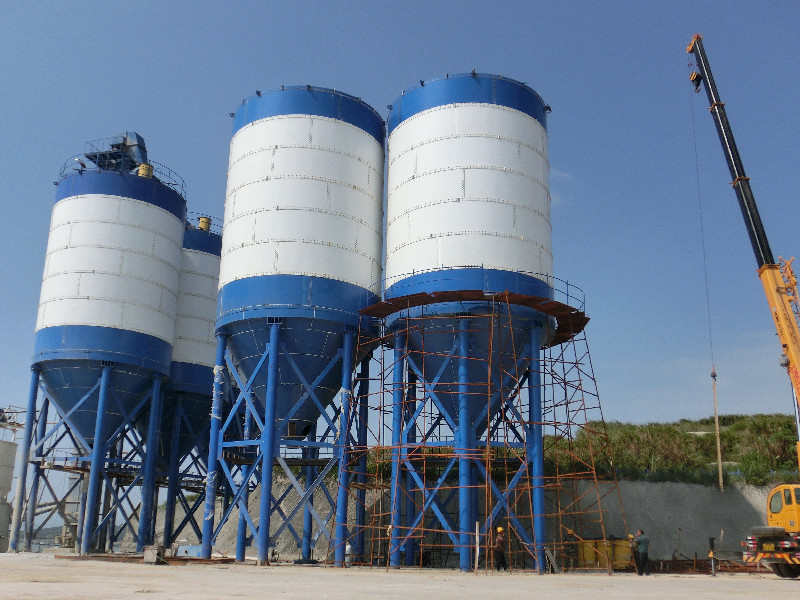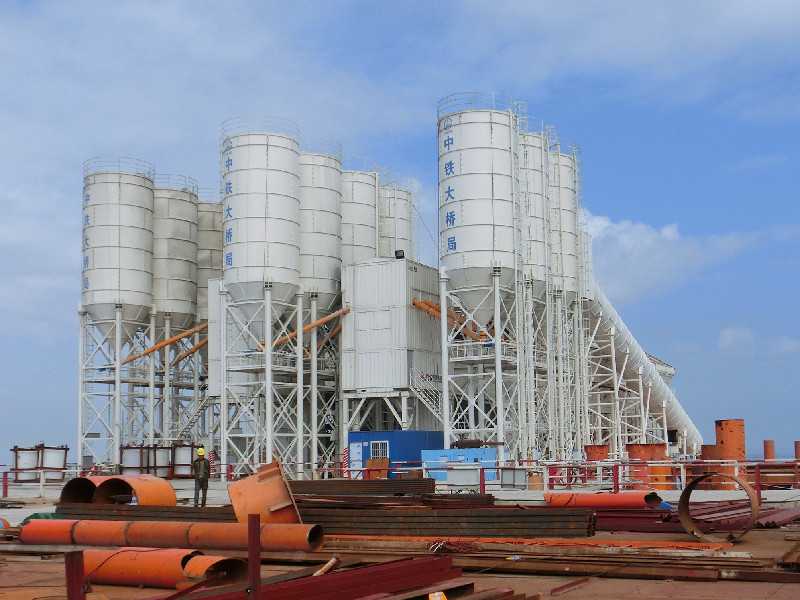This article was last revised in 330 Days ago, some of its contents may have changed. If you have any questions, you can ask the author。
Foundation Isolation and Energy Dissipation:
The first step in earthquake-proofing metal silos is to minimize the impact of seismic waves. Foundation Isolation techniques, such as rubber or sliding bearings, act as buffers between the silo and the ground, reducing the transmission of seismic energy. This approach effectively lessens the ground motion effects on the silo. Coupled with this, Energy Dissipation Systems like dampers and absorbers help to dissipate seismic energy, reducing stress on the silo's structure. These systems can be tailored to the specific seismic risks of a silo's location, providing a customized approach to enhancing its earthquake resistance.
Structural Reinforcement and Health Monitoring:
Strengthening the powder silo's structure is another essential aspect of earthquake resistance. Structural Reinforcement involves using high-performance materials like high-strength steel or composites to bolster the powder silo's walls and connections. This not only increases the powder silo's load-bearing capacity but also its flexibility, allowing it to absorb seismic energy without collapsing. Additionally, Structural Health Monitoring Systems use a network of sensors to continuously assess the powder silo's condition, enabling proactive maintenance and repair to ensure the powder silo remains robust against seismic activity.
Vibration Control and Seismic Risk Assessment:
To further mitigate earthquake effects, Vibration Control Technologies such as Tuned Mass Dampers (TMDs) and Tuned Liquid Dampers (TLDs) can be employed. These systems counteract vibrations caused by earthquakes, stabilizing the silo tower and preventing resonance that could lead to structural failure. Lastly, a thorough Seismic Risk Assessment is vital. This involves analyzing the geological conditions and structural characteristics of the silo tower to predict potential seismic impacts and design appropriate countermeasures. This proactive approach aids in making informed decisions about the silo's design and construction, ensuring it can withstand the specific seismic challenges of its location.
By integrating these advanced seismic technologies, metal silos can be made more resilient to earthquakes. From foundation isolation to structural reinforcement and vibration control, each measure plays a vital role in enhancing the earthquake resistance of metal silos. As we continue to learn from seismic events and advance our technologies, the goal is to create silos that not only withstand earthquakes but also maintain their functionality, ensuring the safety of people and the continuity of industrial operations.
 |
 |